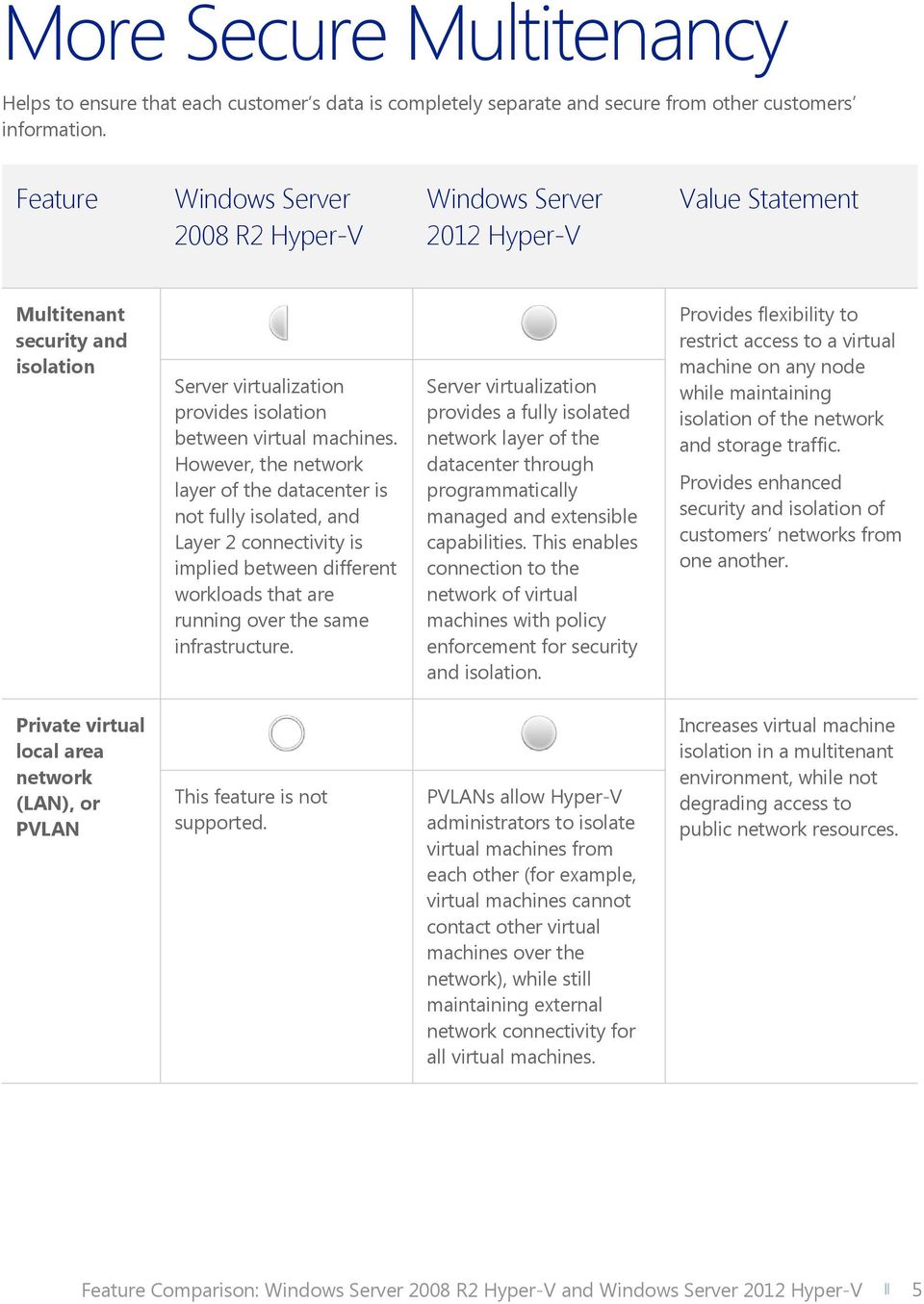

- Secure multitenancy windows server 2008 security how to#
- Secure multitenancy windows server 2008 security install#
- Secure multitenancy windows server 2008 security update#
- Secure multitenancy windows server 2008 security upgrade#
- Secure multitenancy windows server 2008 security full#
Secure multitenancy windows server 2008 security install#
This section provides the instructions for installing AppScan® Enterprise.Īfter you install AppScan® Enterprise, complete these postinstallation tasks.
Secure multitenancy windows server 2008 security how to#
This procedure describes how to use Liberty certificates to secure IIS.

To verify the current setting for Automatic Updates on a Windows 2008 Server Core Computer run f as shown below.
Secure multitenancy windows server 2008 security upgrade#
If you upgrade SQL Server to a newer version, follow these instructions as well. This setting displays a list of common tasks and how to perform them from. Configure the SQL Server first to save time during the AppScan configuration. The AppScan® Enterprise Server configuration needs information about SQL Server. Configuring the SQL Server database for AppScan® Enterprise.You must take certain steps before you install AppScan Enterprise. Before you install the current release, review the information about hardware and software requirements, licensing, and other deployment considerations.īefore you install AppScan® Enterprise, you will need to prepare and configure your system. The configuration you use depends on a number of factors: what you plan to do with the software, how your organization and website or applications are structured, and how the information is to be distributed. Planning the deployment and installation.To confirm whether Automatic Updates are enabled or not, run the f command as shown below. Here the Automatic Updates are not enabled and to enable Automatic Updates on a Windows 2008 Server Core Computer run f as shown below.Ĭ:\Windows\System32>cscript f /au 4
Secure multitenancy windows server 2008 security update#
SOFTWARE\Microsoft\Windows\CurrentVersion\WindowsUpdate\Auto Update AUOptions To verify the current setting for Automatic Updates on a Windows 2008 Server Core Computer run f as shown below.Ĭ:\Windows\System32>cscript f /au /v This setting displays a list of common tasks and how to perform them from This setting configures the weight for DNS SRV records and is only usefulįor more information on this setting, search TechNet for LdapSrvWeight

The recommended value is 200.)ĭNS SRV weight - changes the weight for DNS SRV records This setting configures the priority for DNS SRV records and is only usefulįor more information on this setting, search TechNet for LdapSrvPriority Value (0 = do not allow, 1 = allow remote management)ĭNS SRV priority - changes the priority for DNS SRV records This setting configures the server to allow the IP Security (IPSEC) Monitor to IP Security (IPSEC) Monitor - allow remote management Value (0 = allow previous versions, 1 = require CredSSP) v View the Terminal Service CredSSP setting This setting configures CredSSP based user authentication for Terminal Service - Allow connections from previous versions of Windows v View the Remote Terminal Service Connection setting This allows administrators to connect remotely for administration purposes. Terminal Service - Allow Remote Administration Connections v View the current Automatic Update settings It includes the ability to disable automatic updates and These settings can be used to configure how Automatic Updates are applied to All rights reserved.Īutomatic Updates - Manage Automatic Windows Updates Microsoft (R) Windows Script Host Version 5.7Ĭopyright (C) Microsoft Corporation. To view the syntax of f, run cscript f /? at the command prompt as shown below.Ĭ:\Windows\System32>cscript f /? The f file is available in the %windir%\System32 directory.
Secure multitenancy windows server 2008 security full#
This script is available only in Windows 2008 Server Core installation and it is not available in full installation. To enable Automatic Updates for a Windows 2008 Server Core Computer, run a script f.


 0 kommentar(er)
0 kommentar(er)
